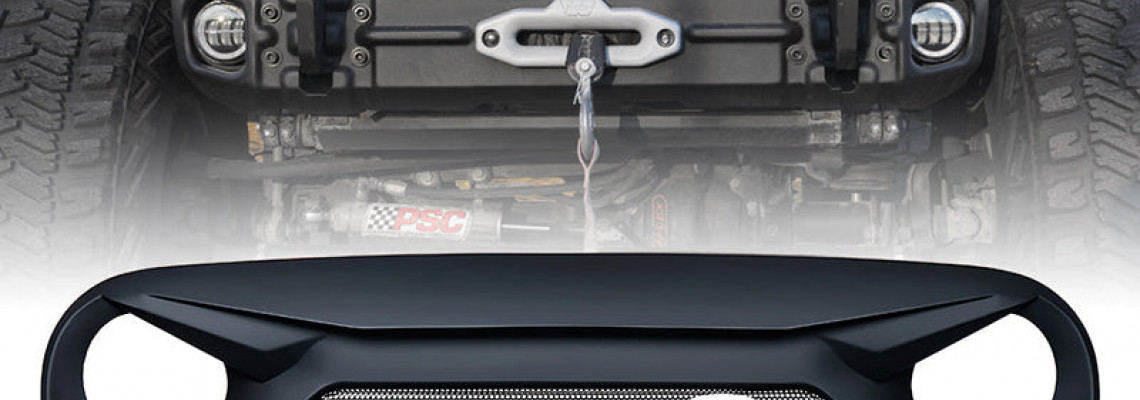Are Aftermarket Blue Xenon HID Headlights Legal?

Are Aftermarket Blue Xenon HID Headlights Legal?
It is perfectly lawful for some of the cars you see with blue headlights to have high-intensity discharge (HID) lights installed from the factory. Some vehicles with blue car headlights are likely the product of unlawful modifications, which might land you a penalty or worse.
Changing your car's headlight bulb to a different one may seem complicated, but it's important to first check the laws in your area. Make sure to verify what is allowed before making any changes. It's always best to stick with the original headlight bulb to avoid any potential legal issues.
Stock Halogen Vs. High-Intensity Discharge Lights
There are two kinds of blue aftermarket replacement headlights that use different technology. This makes the issue of aftermarket "blue" headlights very complicated.
While some "blue" headlights are ordinary halogen capsules covered with a blue film, others use a different lighting technology.
These days, most cars have halogen headlights, which comprise a halogen capsule and a permanent reflector assembly for each headlight. Therefore, rather than replacing the entire reflector assembly, a cheap halogen capsule can readily replace the burned-out bulb.
Similar to factory HID lights, but with a projector assembly in place of a reflector made for a halogen capsule. You can buy HID capsules for your car's headlights, but they might shine too brightly and blind other drivers.
Where the NHTSA Stands on Aftermarket Xenon HID Headlights
Most US laws state that replacement headlight capsules must match the size and electrical specifications of the originals. This is based on the Federal Motor Vehicle Safety Standards (FMVSS) 108. HID headlights function differently from halogen headlights, which makes this a problem. For example, halogen capsules do not need a ballast; HID headlights must.
The NHTSA has a minimal interpretation of what FMVSS 108 compliance entails. The Washington State Patrol claims that a HID replacement for an H1 halogen bulb would need to exactly match the electrical connector, filament size and positioning, and ballast of an H1 bulb—something that is not feasible because H1 bulbs don't use ballasts.
Furthermore, the NHTSA discovered that HID conversion kits frequently produced much more light than the factory headlights' rated output. Aftermarket HID headlights have occasionally been measured to have more than 800 percent more candlepower than the halogen headlights they were designed to replace.
Don't Believe the DOT
It's well known that using a HID conversion kit with a DOT emblem is okay. This label shows the manufacturer followed federal rules. The United States Department of Transportation's NHTSA is in charge of establishing standards, but it doesn't vouch for the compliance of any particular product with those standards. Therefore, while it is possible to comply with DOT regulations, DOT-approved headlights do not exist.
Be careful with "DOT approved" labels on aftermarket HID lights. The NHTSA has said that HID conversion kits do not meet safety standards set by FMVSS 108. As usual, rather than taking someone at face value, it's crucial to determine precisely what the product is and whether it's legal.
Legitimate Aftermarket Xenon And HID Retrofits
HID headlights are not dangerous, as some cars come equipped with them from the factory. To ensure that other drivers are not blinded, replace your headlight reflectors with projector assemblies. Make sure to aim them correctly and have professionals install them for a safe upgrade.
Depending on your local laws and police priorities, you may still get pulled over and receive a ticket. To put it another way, you may get stopped for driving around with blue-coated halogen bulbs that mimic the appearance of HID lights. The viability of the ticket in court is contingent upon the particular legal framework in your jurisdiction.